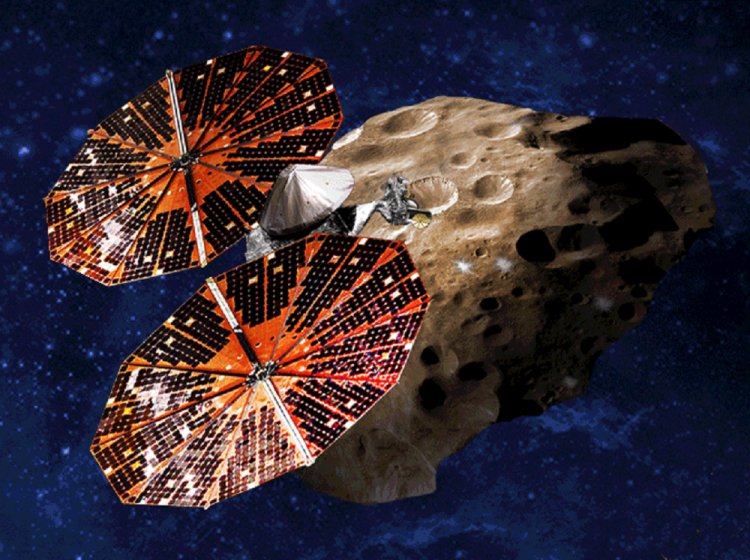NASA's Lucy spacecraft has reached an important milestone and is now closer to its goal of observing strange space rocks as assembly commences.
Lucy will undertake an adventurous trip to Jupiter's neighborhood through the asteroid belt, observing a total of eight separate space rocks for almost a decade. But before the vessel can start its journey at the launchpad, which is originally slated for October 2021, it needs to become a spacecraft. And thanks to a new development enabling instrument and main vehicle integration, that's exactly what's going to happen next.
"Each phase of the mission is more exciting than the last," Hal Levison, principal investigator for the Lucy mission, said in a statement. "While, of course, Lucy still has several years and a few billion miles to go before we reach our real goal - exploring the never-before-seen Trojan asteroids - seeing this spacecraft come together is just incredible."
Though NASA has already designed a number of asteroid spacecraft, the agency has never seen Trojan asteroids from Jupiter, orbiting the sun in two large clusters - one behind Jupiter and one in front of it. Lucy will also scope an asteroid in the main-belt along the way.
Scientists hope the project will offer them a closer look at the major forms of space rocks contained in the Trojan clusters of Jupiter, many of which are likely to contain water far below their surface. And since Trojans were created at the same time as the solar system, they act as fossils that may help us explain how our whole neighborhood was created.
But first, here on Earth, Lucy has to finish up her plan. By recently passing a standard NASA milestone called Key Decision Point-D (KDP-D), Lucy engineers received the green light for assembling and checking the spacecraft and its instruments, NASA said on August 28.
The oxidizer tank has already been installed with the spacecraft, and the assembly of the instruments will begin in October. Both integration and testing of spacecraft will be finished by the end of July 2021, when the spacecraft will be delivered to Kennedy Space Center in Cape Canaveral, Florida, in preparation for the opening of the launch window on Oct. 16, 2021.
Lucy will have a long cruising period after launch before hitting her first target. Lucy will fly out into Jupiter's space to make close fly-bys past a record-breaking number of asteroids, encountering the first of eight targets in April 2025 and the last asteroid binary pair in March 2033.




